When Congress gutted extended unemployment benefits this February, it left one arguable bright spot: States could create innovative "demonstration projects" to bridge the gap between the jobless and jobs. Under the program, companies could sign up to test the jobless out for a few weeks while the temporary employees continued to receive unemployment insurance benefits. After giving their new workplaces a shot and perhaps learning a few skills, the unemployed might land a job.
Perhaps worried about high demand, Congress limited the program to 10 states. Two months after the administration invited states to apply, and in the face of consistently high unemployment rates, zero states have signed up. Republican critics charge that the administration needs to go back to the drawing board -- but at least one observer thinks stringent regulations are necessary to prevent labor standards from being weakened.
The story of the demonstration projects appears to be one of good intentions running up against complicated realities. The idea was partially modeled on Georgia Works, a state program that lets the unemployed keep their benefits while they are being trained on the job.
Critics, however, pointed out that Georgia Works could provide little evidence that it actually worked -- and that if companies misused it, they might just be getting people to work for free.
So when Congress said that up to 10 states could create pilot re-employment projects as part of the February payroll tax compromise, it left oversight up to the Department of Labor.
In April, the rules regulating the program came out. States would have to promise to make sure workers were getting good jobs at fair wages, and that they were not spending down their unemployment trust funds (which are broke in many places). States would also have to evaluate their programs to make sure they were actually getting people jobs.
The laboratories of democracy, as it turned out, haven't been so keen on all that. Texas, the only state to express any interest in the program, sent a letter applying for a waiver with Republican Gov. Rick Perry's signature on it before the regulations were rolled out -- and hasn't come back since.
"We have not yet resubmitted the application," said Lisa Givens, director of communications for the Texas Workforce Commission. "This is mainly due to the onerous new guidelines that were submitted by the Department of Labor."
In Congress, House Republicans also raised the specter of federal red tape. Rep. Geoff Davis (R-Ky.), the chair of the Ways and Means Subcommittee on Human Resources, held a hearing on the "chilling effect" of the Department of Labor's guidance in April.
"At our April hearing, the Department of Labor witness said if no States applied for waivers 'in the first several months' then DOL would 'go back to the drawing board' on its guidance," Davis said in a statement to HuffPost on Friday. "To date, not one State has applied for or shown intent to apply for a waiver. It is time for DOL to go back to the drawing board and withdraw its overly restrictive guidance that has stifled interest in these pro-work waivers."
But what's "overly restrictive guidance" to some is simple good rule-making to others.
"In a bad subsidized employment program, an employer is just getting a worker at no cost to provide free labor for six or eight weeks, and the worker's not retained at the end of the period, and they don't necessarily pick up any skills during the experience," said George Wentworth, a senior staff attorney at the National Employment Law Project.
Before states start draining their unemployment insurance trust funds for programs that don't work, Wentworth argued, they should take a little time to get them right. And he thinks many of the Department of Labor's regulations are dictated by the language of the February payroll tax compromise, not just the whims of Secretary of Labor Hilda Solis.
The critics of the Labor Department, Wentworth said, are "not reading the law closely enough ... The things they're complaining about the most vigorously, I think, are having to comply with the labor standards and the trust fund cost neutrality."
Elizabeth Alexander, a spokeswoman for the Labor Department, said the reasons the program hasn't taken off so far are numerous. Many states are in the middle of crafting their budgets right now, so they might be a little distracted. The payroll tax compromise included several other changes to unemployment insurance, so state labor bureaucracies are also a little gummed up.
Most of all, the Labor Department wanted to make sure states were getting it right.
"The guidance was developed with care as this is the first time in the history of this 77-year-old program that it has been permissible for states to use money from their trust funds for something other than payment of benefits," Alexander said. "We’re committed to finding new and innovative ways to turn the unemployment system into a re-employment system. We are also ensuring that states do their due diligence."
While due diligence is done, unemployment rates remain high -- 8.2 percent in May. In mid-July, the Department of Labor will hold a webinar for states, its second about the bridge to work waivers, to see if it can find any takers.
